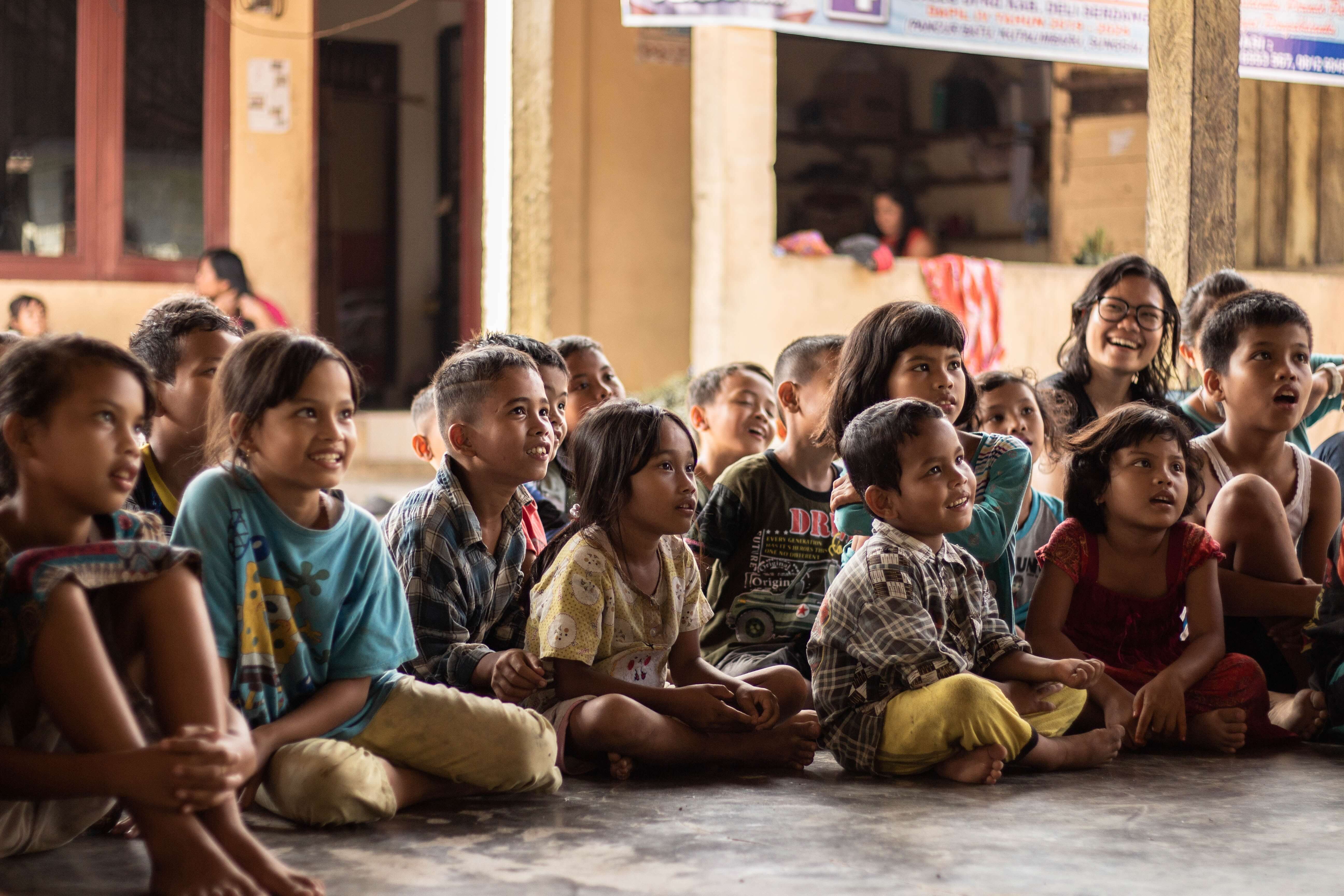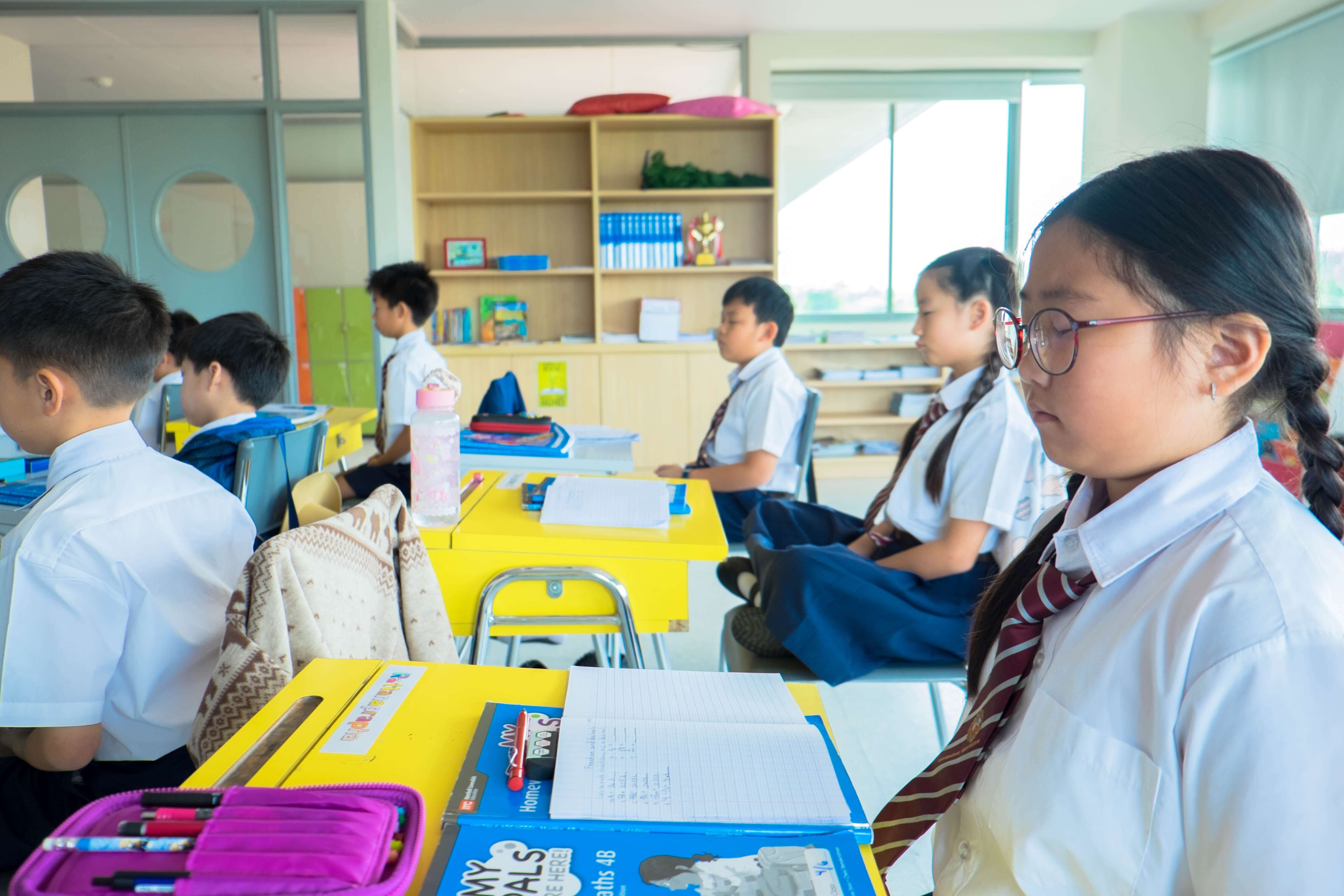Here’s an analysis you can direct in numerous schools, possibly the school where you educate. Glance through the entryway of one study hall and you may see the understudies slouched over, not locked in, glaring. The instructor looks fatigued, tired and wishing the individual in question were elsewhere. You may think, “Well, everybody has an awful day.” But you may observe this situation in this current instructor’s homeroom regardless of what day you glance through the entryway. For the second piece of the examination, glance through the entryway of another study hall, and you may see a room loaded with energetic understudies, excited, drew in and taking an interest. The instructor is brimming with vitality and grinning. This happens regardless of what day you glance through that entryway.
What is the subsequent educator doing that the first isn’t? The person in question is utilizing innovativeness in that study hall. Innovativeness has an immense effect. Imagination is imperative for homeroom to be fruitful. There is a typical confusion that “inventive” need to do generally with expressions of the human experience. Be that as it may, being aesthetic is just a little piece of inventiveness. While any study hall condition would profit by an educator favored with the endowment of masterful ability, inventiveness is numerous different things.
Inventiveness is a development.
The meaning of madness is doing likewise, again and again, anticipating various outcomes. In the case of something that isn’t working, at that point, it’s messed up and should be fixed. Think of something different that will work for your understudies.
Inventiveness is breaking new ground.
Everything doesn’t generally need to be highly contrasting. At times the weirdo exercises are the ones that work.
Inventiveness is impromptu creation.
Things don’t generally turn out the manner in which you arranged. At the point when I’ve understood that an exercise wasn’t working halfway through, I actually hurled it out and began once again. I attempted an alternate edge (for this situation, joining a film that my understudies loved), and it worked.
Inventiveness is proficient development.
We don’t generally have the entirety of the appropriate responses. On the off chance that you can’t make sense of what to do, utilize your colleagues as assets. You may discover some extremely good thoughts that bode well for your understudies. Likewise, take a gander at research and see what has worked for different instructors around the globe. Use assets like KS2, hubbardscupboard.org, and starfall.com for some enjoyment connecting with exercises.
Innovativeness is being a daring individual or form breaker.
I have had numerous insane thoughts for things to attempt in the study hall. Some have worked and some haven’t, however, I found that trying was superior to being stuck in a similar example that isn’t working.
Imagination is enthusiasm.
Be enthusiastic about what you are doing. You are there to rouse understudies to become long-lasting students. On the off chance that you need them to adore learning, you need to cherish what you are instructing.
- “I know a word”
You can start this abilities game by saying, “I know a word that starts with a similar sound you hear toward the start of a butterfly.” Students will lift their hands, and you pick one to reveal to you a word the beginnings with “B.” Once they disclose to you the word, hurl them the ball. They pick another person to disclose to them another word that starts with that letter, passing the ball to the understudy who hits the nail on the head. As the game proceeds, change the letter now and then. Play until everybody has had a turn. You can utilize this game for starting sounds, finishing sounds, center sounds, and so forth.
- Rhyme time

State, “I need a word that rhymes with a feline.” Pass the ball to somebody once they give you a right rhyming word. Continue changing the beginning word and proceed with the game until all children have gone.
- Work on tallying
You can have your classwork on tallying by twos, fives and tens. Pass the ball clockwise or counterclockwise, with the understudy who gets it saying the number that comes straightaway. For instance, you state, “We are going to check by fives. Five!” The individual beside you says “ten,” the following one says “fifteen, etc.
- Spelling audit
For more seasoned children, you can pass the ball and experience your spelling words each letter in turn. For instance, you state, “We’re going to spell the word there, as in ‘This is their ball.'” The main individual says “T,” the subsequent individual says “H,” the third individual says “E, etc. In the event that one says an inappropriate letter, the following individual says the right letter and fixes the error.
- “I need an equivalent word”
This is an incredible jargon building exercise. You can utilize the ball or a couple of flyswatters, contingent upon the age of your understudies. You state, “I need an equivalent word for distraught.” Choose somebody to give you another word that implies something very similar, for example, irate, angry and infuriated. For more seasoned children, you can put a rundown of equivalent words on the board and separate the class into two groups. Have one individual from each group come up and contend. Whoever hits the load up with the flyswatter and says the right equivalent word wins a point for their group. At last, the entirety of your understudies wins a superior jargon.
- Strengthen different aptitudes
What different subjects would you say you are instructing? You could adjust these games to fit essentially anything. “I need the name of a wayfarer.” “I need you to name one of the periods of issue.” “I have to know one reason for the Civil War.” Be imaginative!
- Move bones to have your understudies answer story questions.
“What is the plot of the story?” you may ask them. “What is the setting?” You can present increasingly intelligent inquiries, for example, “For what reason did this character do what the person in question did?” and “What was the writer’s motivation?” You can compose these inquiries on cards or buy them from reallygoodstuff.com.
- Sight Word Slap Game
Compose your sight words on the board. Separate your class into two arbitrary groups. Let one individual from each group step forward and hold a fly swatter. Get out one of the sight words. The first to slap the right sight word gets a point for their group. Proceed until everybody has gone. This is incredible for helping sight word acknowledgment.
- Utilize various voices or accents when perusing stories to the class.
- Dress in ensembles of storybook characters to leave an enduring impression, or let understudies take on the appearance of characters to retell stories.
- Transform your room into the nature of what you are finding out about. At the point when the class is finding out about fantasies, transform your study hall into a stronghold. At the point when you’re finding out about creatures, transform your study hall into a wilderness.
- Make class tunes about subjects they have to know or utilize the music of artists like Hap Palmer and Jack Hartman. You may likewise acquire melodies and games from collaborators. Tunes are infectious, and kids gain rapidly from them.
Imaginative SCIENCE
- When educating about the properties of erosion, utilize KS2 for intelligent tasks you can do in little gatherings or as a class utilizing a smartboard. You may request that your understudies slide down the lobby first in their socks, at that point shoeless, and have them diary about the various measures of rubbing.
- When showing periods of issue, drop some nourishment shading into receptacles of cold and warm water and note the distinction. At that point pour the substance of one measuring utensil in a sack and put it in the cooler. The following day, contrast the fluid sack and a strong lump of ice and note contrasts.
- Utilize the ice from the above action and discussion about gravity. Remain on a seat and talk about what will occur in the event that you drop the ice and in the event that it is important what direction you drop it. Let your understudies foresee the potential results.

Fuse YOUR STUDENTS’ FAVORITE THINGS
- Overview of your understudies toward the start of the year. Find a workable pace and what they like. At that point try utilizing their names, most loved nourishments, games, books, and so on in word issues, composing works out, shared perusing and numerous different exercises. Individuals improve and adapt more when working with things they like. As grown-ups, we realize that we would prefer not to accomplish something if it’s dreadful. The equivalent goes for kids.
Imaginative TIME SAVERS
- Have your understudies depend on one another as assets. For each table, pick a group head to have a go at noting their cohorts’ inquiries before they come to you for help.
- Pair your higher achievers with lower achievers to examine sight words, letters or different abilities.
- Put them into writing circles to talk about books.
- Have them perused each other’s composition to check for finish or recommend thoughts before they come to see you?
- Utilize the LeapFrog Reader framework. You can plug it into the PC to get understudy scores on exercises, which will give rules to what you have to chip away at. This is an extraordinary method to gather information!
- Have a “math issue of the day” diary to audit aptitudes in which your understudies scored low on evaluations. Put the issue on the board and have them duplicate it into their diaries toward the start of the day. You can pause for a moment or two after they have finished it to survey the issue with the class. Check journals later for comprehension.
LIVE LIKE A TURTLE
For those of you attempting to make sense of how you’ll discover an opportunity to incorporate this into an effectively bustling showing day, here’s some something to think about. It will take more time to show a thing or two-three times than it will instruct it once utilizing a little innovativeness. Set aside a few minutes for inventiveness. The greater part of the above innovative exercises takes just a couple of moments to do. They likewise require next to no planning time and cost almost no cash, assuming any. So proceed – be a daring person and attempt at any rate one of these thoughts this week. I’m certain you will love it.
As I said above, everybody has awful days, however, by and large, my study hall is a cheerful spot to be. It resembles this since I use innovativeness to make learning fun. I live by these words that Dr. Ruth once stated: “Live each day like a turtle.” To go anyplace, a turtle needs to stick its neck out and face a challenge. So face challenges each day. It’s the best way to genuinely live and have any kind of effect on the planet.













